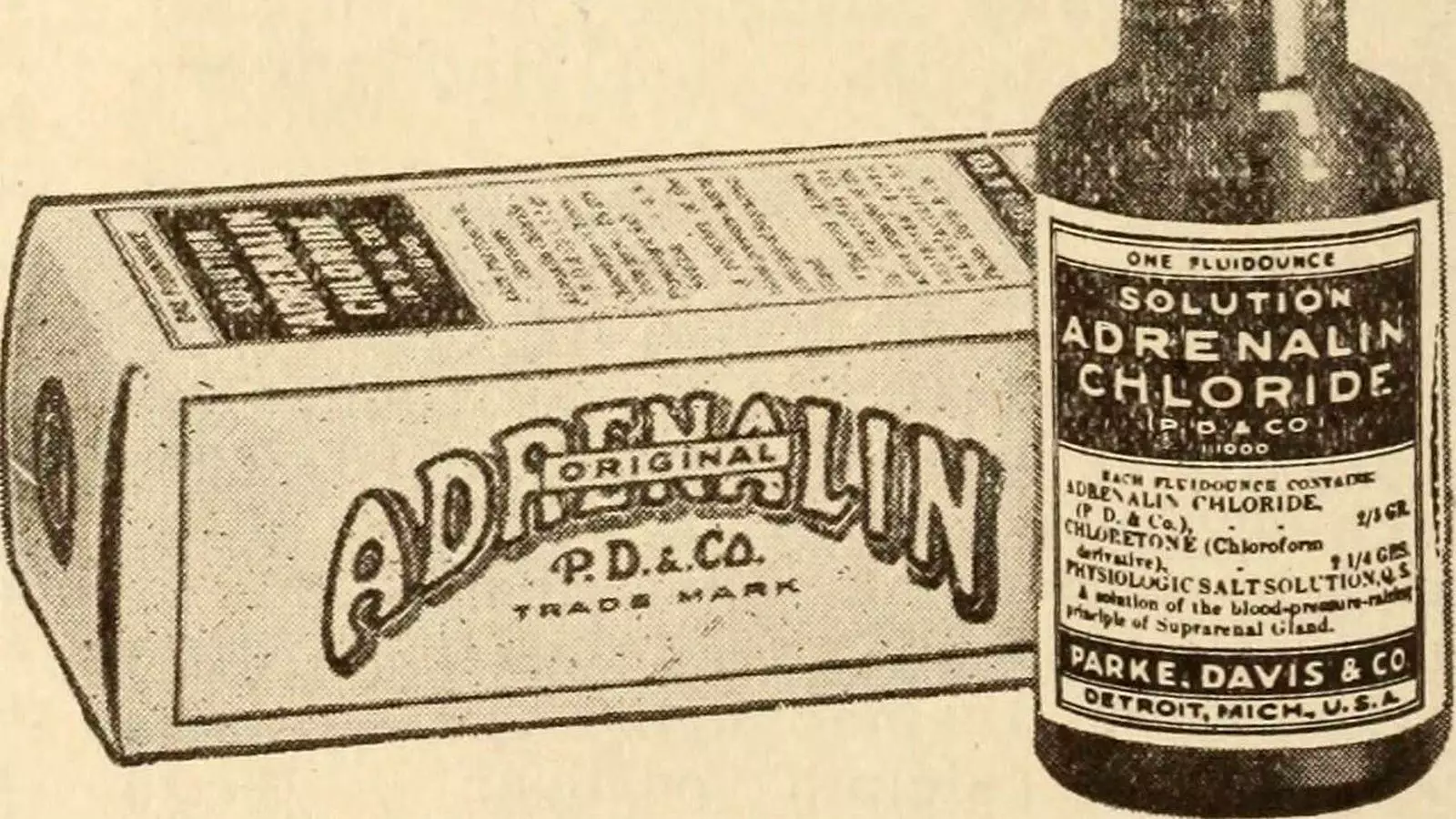Epinephrine, a critical medication used to treat various medical conditions, has a fascinating history that dates back to the turn of the 20th century. Initially discovered as a nameless compound, it took several years for researchers to fully understand its potential and isolate its pure form. This article explores the origins and evolution of epinephrine, shedding light on its early days, its uses in treating different conditions, and its journey towards becoming a life-saving drug.
The Discovery of Epinephrine
In 1894, British physician George Oliver and physiologist Edward Albert Sharpey-Schafer made a breakthrough discovery. Through their research on adrenal glands, they found that an extract from these glands could increase heart rate and blood pressure in animals. This finding set off a wave of curiosity among researchers worldwide, who sought to isolate the active component of the adrenal extract. It was not until Japanese biochemist Jokichi Takamine’s efforts that the compound was finally isolated in its pure, stable, and crystalline form. Named “adrenalin”, after its origin in the adrenal glands, this compound was quickly patented by Parke-Davis, now a subsidiary of Pfizer. However, due to patent concerns, the compound became known as epinephrine in the United States and adrenaline in the United Kingdom.
With epinephrine finally identified, researchers aimed to find suitable medical conditions for its application. In the early 1900s, American physician Solomon Solis-Cohen began testing crude epinephrine extract on patients with asthma and hay fever. The results showed promise, although the exact mechanisms behind its effectiveness remained unclear. As years went by, experts managed to unravel the intricate workings of epinephrine in treating asthma. The drug’s ability to target a mix of alpha- and beta-adrenergic receptors throughout the body played a crucial role. Beta-2 receptors, specifically, were found to be involved in bronchodilation, which is essential for asthma management. This understanding led to the development of beta-2 adrenergic receptor agonists like albuterol, which relax the airway muscles to improve breathing.
Apart from asthma, epinephrine found another important application in the treatment of anaphylaxis, a severe allergic reaction. During an allergic reaction, mast cells release histamine and other mediators, causing a drop in blood pressure, bronchoconstriction, and swelling. Epinephrine counteracts these effects by opening up the airways, increasing blood pressure, stabilizing mast cells, and reducing swelling. Clinicians administering epinephrine during an anaphylactic episode aim to harness both its bronchodilating effects through beta adrenergic receptors and its vasoconstricting effects through alpha adrenergic receptors. By doing so, they can mitigate the potentially life-threatening symptoms associated with anaphylaxis.
Throughout the 20th century, epinephrine was administered intramuscularly to treat anaphylaxis. However, it wasn’t until 1987 that the FDA approved the now-iconic “EpiPen” brand, manufactured by Mylan Pharmaceuticals. These auto-injectors revolutionized the delivery of epinephrine, making it more accessible and user-friendly. Generic formulations of the EpiPen were only approved in 2018, offering further options to individuals with allergies. Additionally, other automated devices, such as the Auvi-Q, have entered the market in recent years, providing relief to those affected by food allergies and their families. Given the rising prevalence of food allergies in the 21st century, these advancements have become particularly significant.
Epinephrine’s journey from a nameless compound to a widely used and essential medication is a testament to scientific innovation and persistence. The initial discoveries by Oliver and Sharpey-Schafer laid the foundation for future research. Researchers and physicians continued to explore and refine the uses of epinephrine, leading to advances in treating asthma and anaphylaxis. Today, epinephrine auto-injectors like the EpiPen have become indispensable tools in emergency medical kits. As we move forward, further advancements in delivery methods and drug formulations will undoubtedly continue to improve the efficacy and accessibility of this life-saving drug.


Leave a Reply